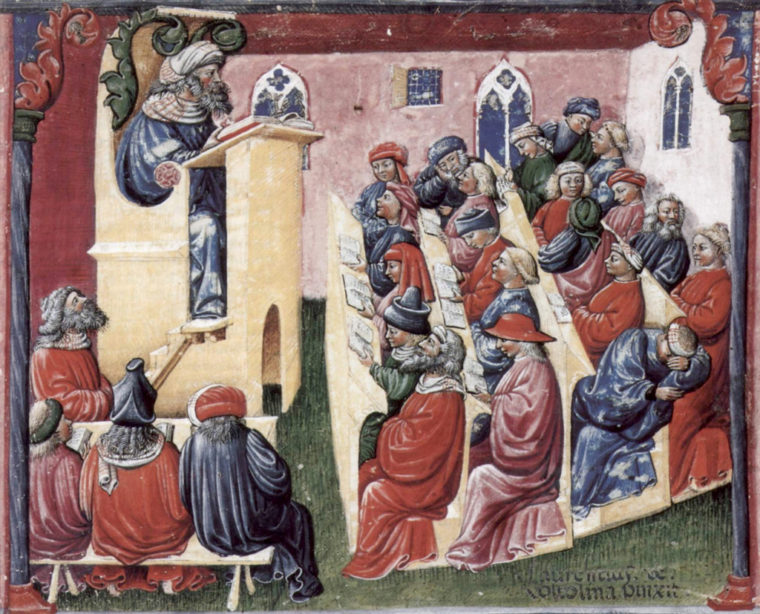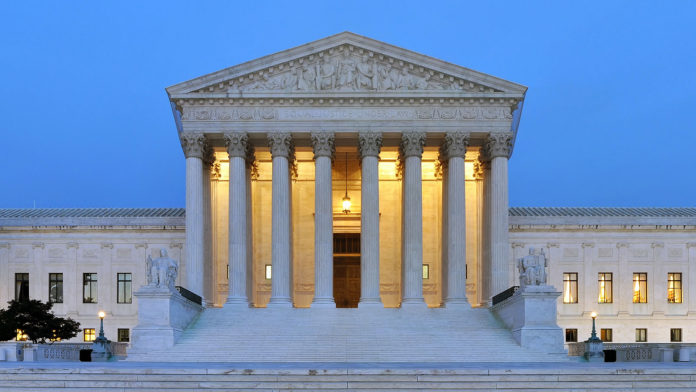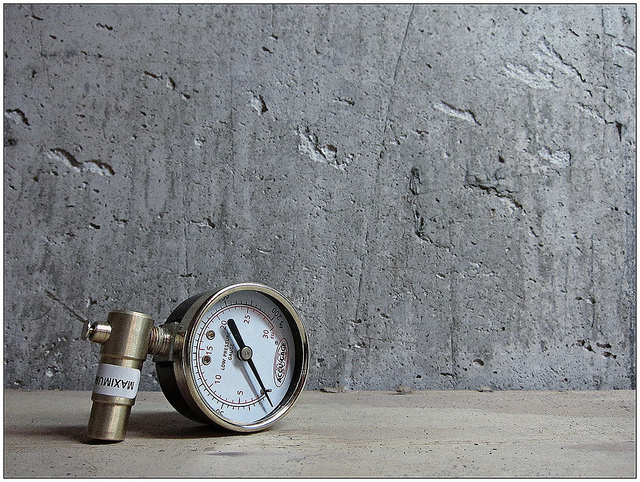There are two primary ways to categorize types of faculty service (Fear & Sandmann, 1995; O’Meara, Terosky, & Neumann, 2008; Ward, 2003). First, there are service activities that take place on campus at the departmental, school, or institutional level. These local activities tend to focus on operations necessary to getting things done on campus. Second, professional service activities include those with professional organizations, scholarly journals, and other activities that support the work of the discipline. In today’s post, I want to share the two types of service that are critical for higher education and playing the important role as academic citizen.






